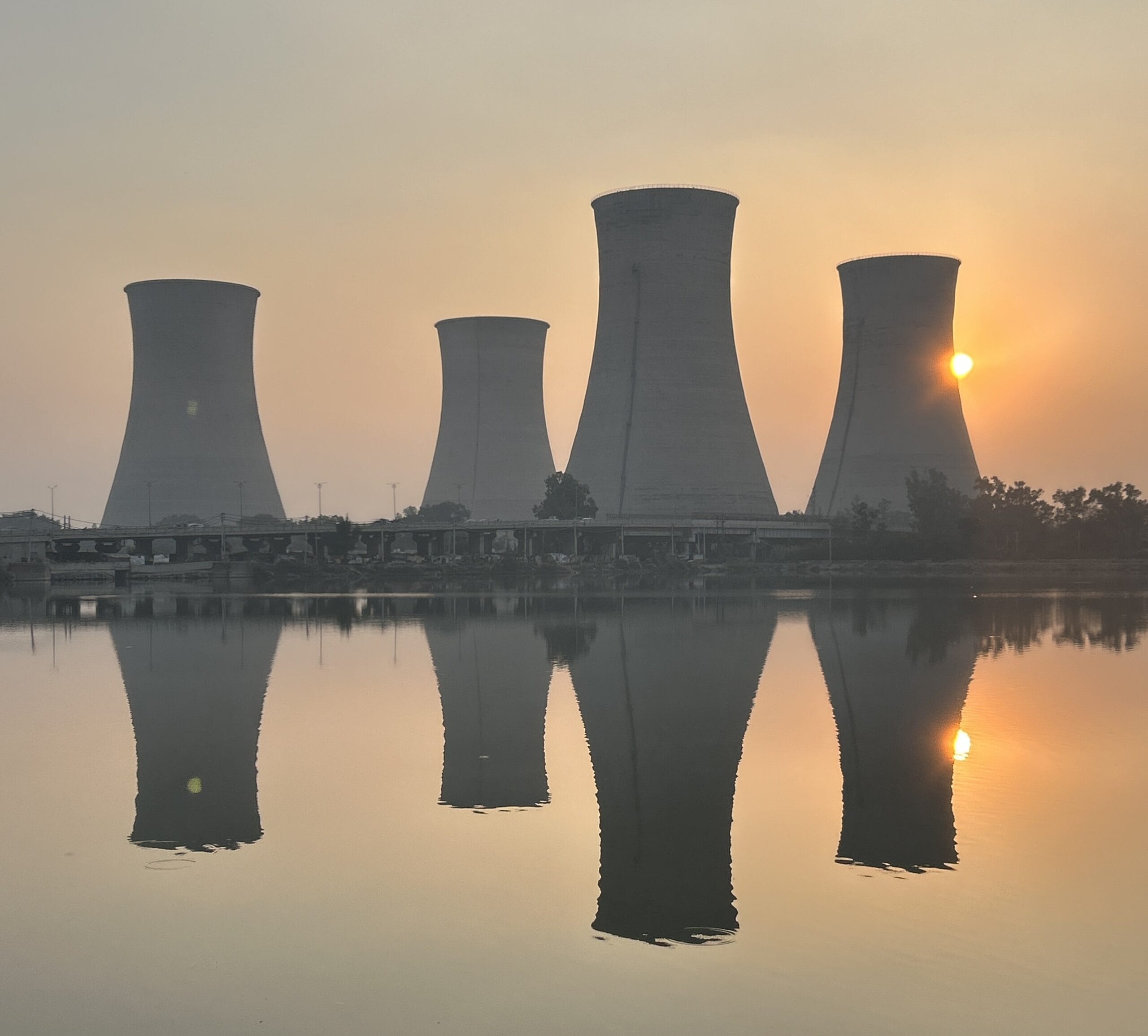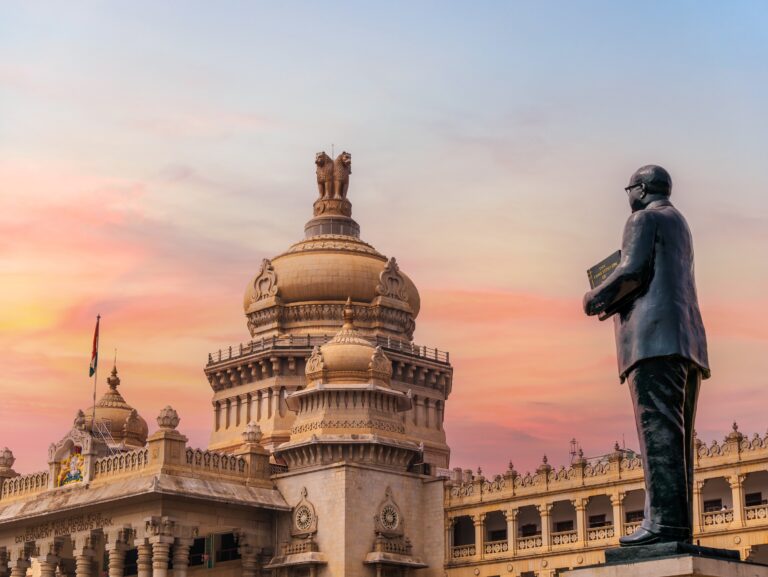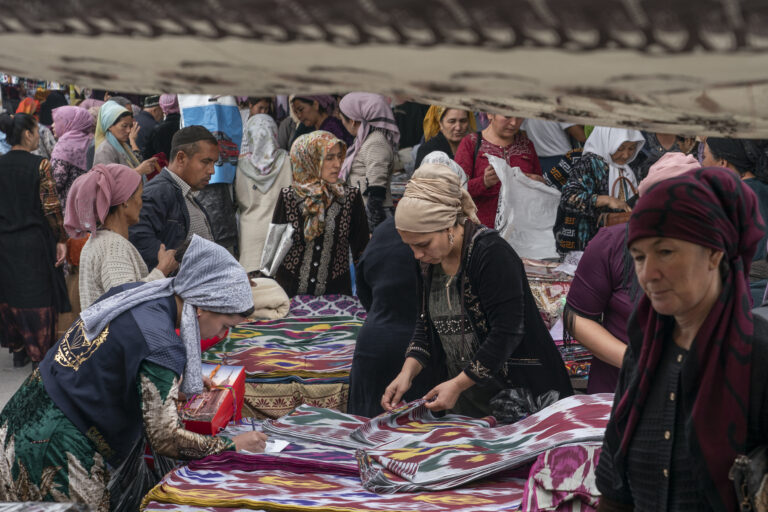Navigating the Transition: India’s Role in Global Energy Security

Manish Vaid is a Junior Fellow at the Observer Research Foundation
India stands at the epicentre of one of the world’s most complex energy transformations. As the world’s third-largest energy consumer, India faces an unprecedented challenge that extends far beyond its borders: satisfying the energy needs of 1.4 billion people while simultaneously honouring its commitments to global climate action. This dual imperative, ensuring energy security while pursuing decarbonisation, positions India as a critical player whose energy choices will fundamentally shape the trajectory of the global energy transition.
India’s energy demand is projected to grow at 5.5% annually, with the International Energy Agency forecasting that India will account for nearly one-quarter of global energy demand growth from 2019-2040. This exponential growth coincides with India’s climate pledges, including net-zero emissions by 2070 and 500 GW of non-fossil fuel capacity by 2030. Successfully navigating this conundrum is not merely a domestic priority; it represents a litmus test for whether emerging economies can achieve sustainable development without compromising global climate goals.
The Foundations of Energy Security in India
India’s energy security rests on structural realities. According to the Ministry of Coal, coal-based power accounted for over 74% of India’s electricity generation in the financial year 2024–25 (FY25). This persistent reliance intersects with growing oil import dependence, which reached 88.2% in FY25. India consumes nearly 5.5 million barrels of crude oil per day and is vulnerable to global supply disruptions and international trade choke points such as the Strait of Hormuz.
Domestically, per capita electricity consumption in India stands at 1,395 kWh (2023–24), roughly one-third of the global average. Despite 97% household electrification, energy poverty persists, especially in rural areas. Around 430 million Indians still lack access to clean cooking fuels, and nearly 56% of rural households use firewood, dung, or crop residues, according to the National Sample Survey Office (NSSO).
While rural electricity access in India has improved significantly, with households now receiving an average of 21.9 hours of supply daily, according to the Economic Survey of 2024–25, reliability remains uneven. In states like Uttar Pradesh, Bihar, Jharkhand, Haryana and Assam, many rural regions still experience frequent outages and voltage fluctuations, with reports indicating power cuts lasting over six hours daily in some districts and persistent low-voltage issues that hinder appliance use and economic activity.
As of April 2025, beneficiaries of the Pradhan Mantri Ujjwala Yojana scheme pay ₹550 per 14.2 kg LPG cylinder, while non-beneficiaries pay ₹853 despite a ₹300 subsidy; yet refill rates remain low at 3.95 cylinders per year, still below pre-pandemic levels. High refill costs continue to push many low-income households back to biomass for cooking. Meanwhile, rising electricity tariffs, such as a proposed 30% hike in Uttar Pradesh, a ₹0.20–₹0.30 per unit increase in Haryana, and surcharges of 7–10% in Delhi and 2–2.5% in Madhya Pradesh, have further strained affordability. Ensuring universal, affordable, and reliable access while managing growing demand complicates the transition away from coal.
India’s Energy Transition in Action
Despite these challenges in energy access and affordability, India has made remarkable progress in scaling its clean energy capacity.
India has emerged as a global leader in renewable energy. In 2024, India added a record-breaking 24.5 GW of solar and 3.4 GW of wind capacity. As of March 2025, renewable energy capacity reached 220.10 GW, with solar alone contributing 105.65 GW.
Policy initiatives and international partnerships have supported this growth. The PM Surya Ghar Yojana scheme has facilitated 700,000 rooftop solar installations in ten months, boosting rooftop solar capacity by 53%. Off-grid solar added 1.48 GW, a 197% increase from the previous year.
The International Solar Alliance (ISA), co-founded with France, has 101 signatory countries and aims to mobilise US$1 trillion in solar investments by 2030. India’s National Green Hydrogen Mission, launched in 2023 with a US$2.4 billion budget, aims for 5 million metric tonnes of green hydrogen production by 2030. It is expected to cut 50 million tonnes of CO2 emissions and generate over 600,000 jobs.
The government has also invested in grid modernisation and energy storage, approving ₹5,400 crore in viability gap funding for 30 GWh of Battery Energy Storage Systems. Additionally, nine Ultra-High Voltage Alternating Current (UHVAC) transmission lines and ten substations are planned by 2034 to improve renewable energy integration.
Energy storage systems, including battery and pumped hydro, are vital for managing renewable intermittency. Advanced metering, smart grids, and load forecasting are gradually being introduced to ensure supply reliability. These infrastructure investments are not only about increasing renewable integration but also about futureproofing India’s grid.
Strategic Autonomy and Global Partnerships
Complementing domestic energy reforms, India’s international engagement has become increasingly pivotal to securing long-term energy resilience.
India’s energy strategy reflects its broader doctrine of strategic autonomy. Its crude imports from Russia rose to nearly 2 million barrels per day in April 2025, making it Russia’s largest oil buyer. This diversification was a direct response to Western sanctions on Russia, enabling India to benefit from discounted rates and maintain inflation stability.
India’s strategic pivot toward increased crude oil imports from Russia, and more recently, the United States, has served as a critical buffer against potential supply disruptions particularly with regard to recent tensions in the Middle East. In June 2025, Indian refiners ramped up Russian crude purchases to 2–2.2 million barrels per day, surpassing combined imports from traditional Gulf suppliers like Saudi Arabia and Iraq. India’s strategic partnerships with the UAE, Saudi Arabia, and Iraq enhance its ability to anticipate and adapt to OPEC+ decisions, such as the recent move to raise oil production to 411,000 barrels per day, while buffering against sharp price fluctuations in the global energy market
India’s oil imports from the US surged over 270% year-on-year in the first four months of 2025, reaching 439,000 barrels per day in April, up from 280,000 barrels per day the previous month, underscoring Delhi’s push to diversify crude sources and deepen energy ties with Washington amid ongoing trade pact negotiations and global volatility.
This diversification, coupled with India’s reduced reliance on the Strait of Hormuz, has significantly enhanced its energy security amid escalating geopolitical tensions. Furthermore, India is strengthening energy partnerships with other major suppliers like the US. India is actively exploring expanded imports of shale gas, LNG, and crude oil from the US to diversify its energy basket. This is part of a broader strategy to elevate bilateral trade from US$191 billion to US$500 billion by 2030, with energy playing a central role.
India’s energy diplomacy is advancing through strategic partnerships with Australia, Japan, and the EU, focusing on clean energy technologies and resilient supply chains. With Australia, India is co-developing solar, storage, and hydrogen projects while securing lithium and cobalt access. Japan supports hydrogen, ammonia, and battery manufacturing under the Clean Energy Partnership, aiming for 150 GWh capacity by 2030. Meanwhile, the EU collaborates through joint R&D and investment in offshore wind, rooftop solar, and smart grids. These alliances enable critical technology transfer, clean energy innovation, and access to essential battery minerals like lithium, cobalt, and nickel.
The Global Biofuels Alliance, launched under India’s G20 presidency, has nineteen member countries and supports India’s existing biofuel schemes. Biofuels offer a scalable alternative for decarbonising hard-to-abate sectors like aviation and shipping. India’s ethanol blending targets and it’s Sustainable Alternative Towards Affordable Transportation initiative to promote compressed biogas are also gaining traction.
India is planning to set up strategic petroleum reserves at six new locations with the goal of expanding reserve capacity to ninety days enhancing resilience against global shocks and bolstering India’s energy independence.
Challenges on the Path to Net Zero
India’s path to net-zero by 2070 is complex. Coal remains embedded in the economy, with plans for an additional 80 GW of coal capacity by 2031-32, on top of 29,200 MW under construction. Millions of livelihoods depend on the coal sector, especially in eastern India, raising concerns around a just transition.
The political economy of coal is difficult to unwind as India would require more than US$1 trillion over the next thirty years to phase out coal. In states like Jharkhand, Chhattisgarh, and Odisha, coal mining provides significant revenue and employment. Transitioning these regions will require targeted reskilling, localised clean energy industries, and financial packages. As of now, India’s just transition strategy remains in its infancy.
Financing is another hurdle. Estimates suggest India needs over US$10 trillion by 2070 for decarbonisation, requiring significant international support. Green bonds, sovereign climate funds, and multilateral development assistance are being tapped, but gaps remain. Public-private partnerships and long-term concessional finance will be key to unlocking large-scale projects.
India as a Bridge Nation
India’s clean energy leadership, from record solar growth to global initiatives like the International Solar Alliance, demonstrates what is possible for developing economies navigating growth and climate imperatives. Yet, its continued coal reliance and the need for over US$10 trillion in transition financing highlight that ambition alone is insufficient. As Prime Minister Modi has affirmed, the principle of Common but Differentiated Responsibilities must guide global action, with developed nations delivering on finance and technology commitments. Positioned uniquely as a bridge nation, between the industrialised world and the Global South, India offers a pragmatic, inclusive pathway to sustainable growth. Its transition is not just a national journey, but a test case for whether the global energy future can be equitable, secure, and achievable for all.
The opinions expressed are those of the contributor, not necessarily of the RSAA.






